What Defines Sprung And Unsprung Mass, And Which One Is Bad News?

The difference between mass that is sprung and mass that isn’t is crucial to the way a car drives. There’s a big difference and it’s important to understand how it can affect things. But first, why do we use ‘mass’, not weight?
All cars have a fixed mass, which is to say the set amount of material contained within their outer dimensions. All cars also have a weight, but while weight varies according to outside factors like changes in gravity, the mass of a solid object is constant. That’s why boffins use it.
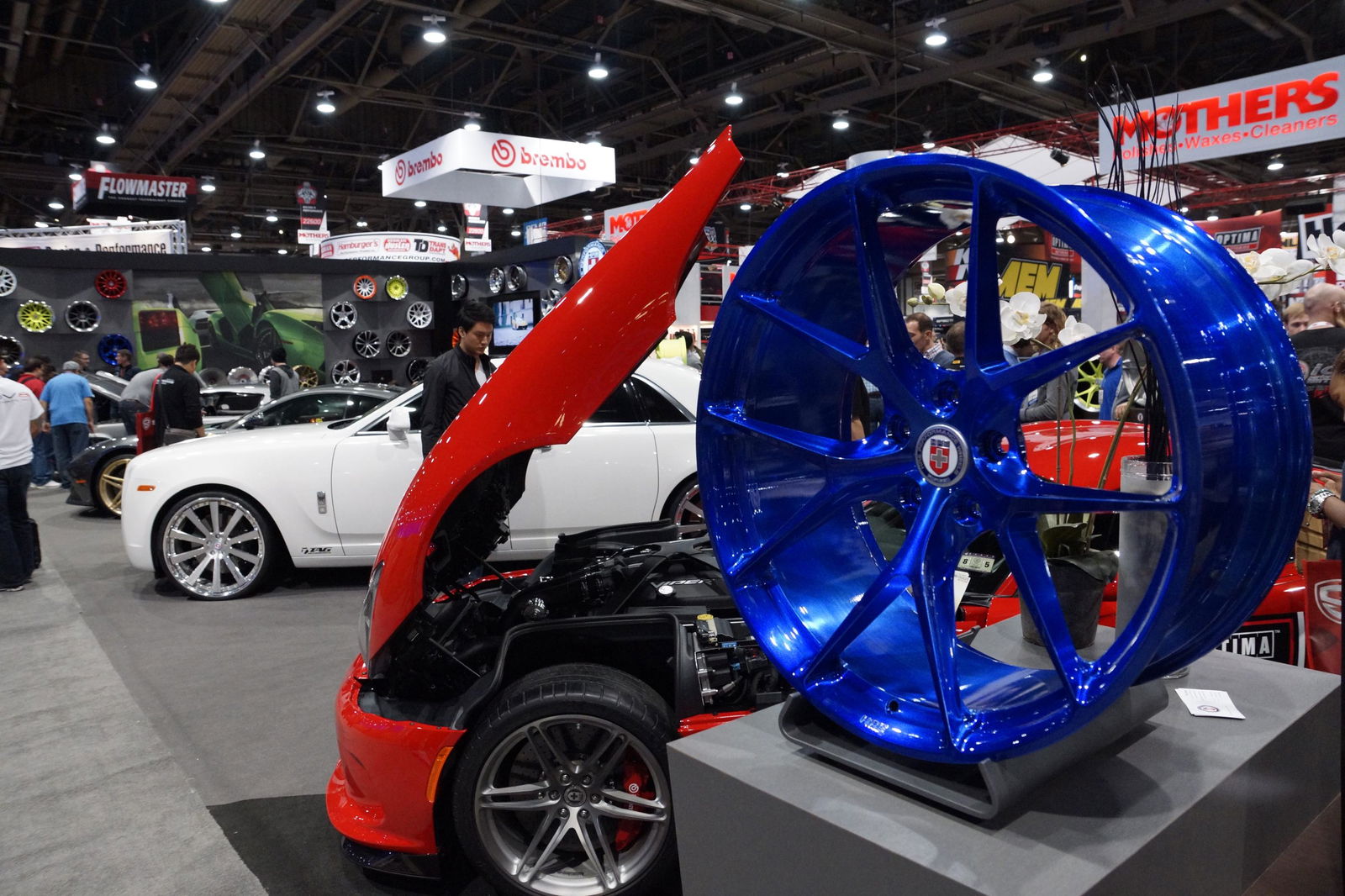
The definitions of sprung and unsprung mass are equally simple. Sprung mass is mass that is suspended by a car’s suspension. Its everything that would move down and up if a giant hand came out of the sky and pressed the car’s roof down. That includes the body, chassis, engine, gearbox, seats, passengers and everything else around them.
There are two main angles we need to consider, here: the advantages of having a lot of sprung mass versus the advantages of having very little, and why less unsprung mass is always theoretically better.
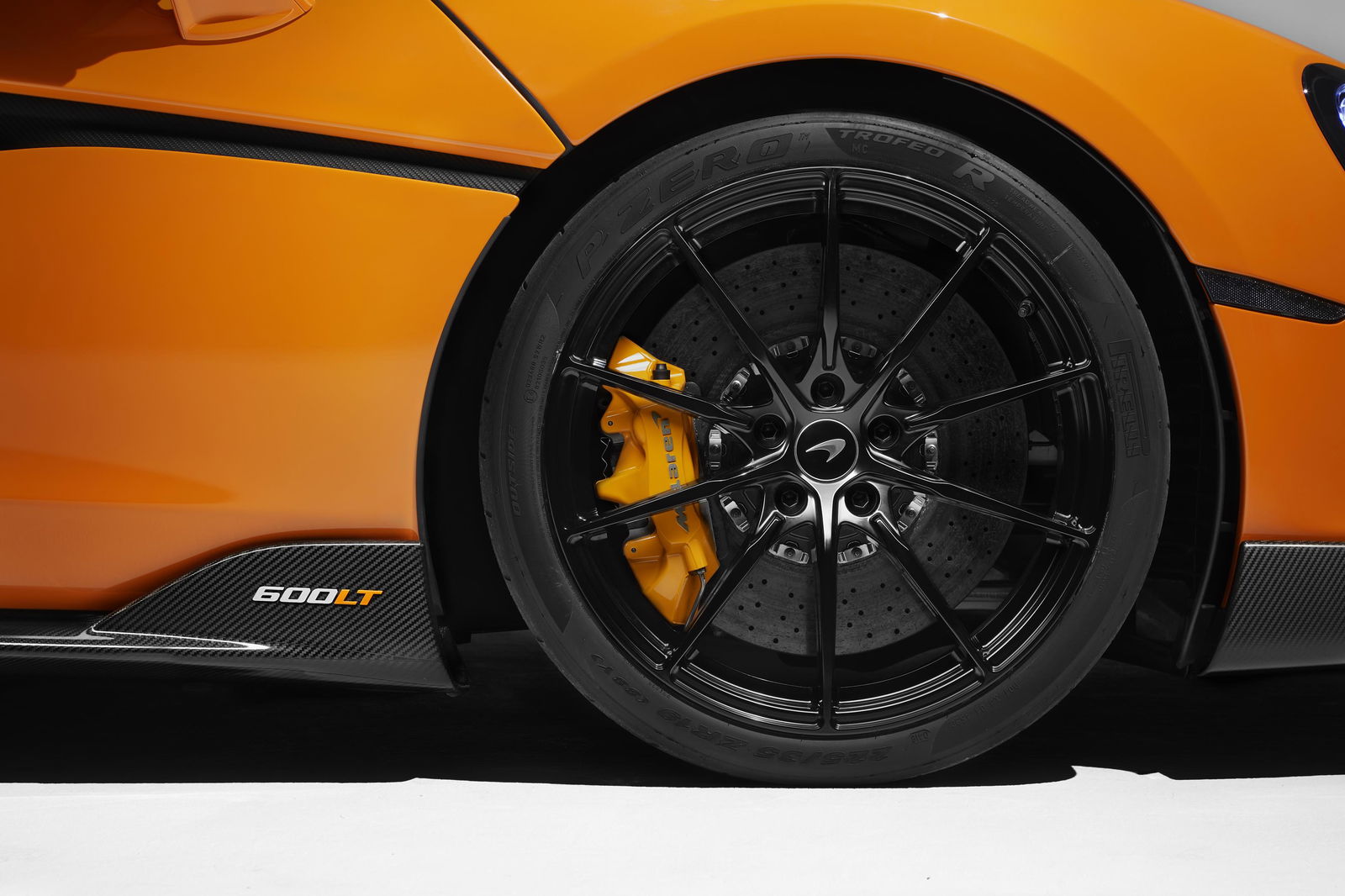
Firstly, name a big, luxurious car on large wheels that achieves supreme comfort without using weight to its advantage. You can’t, because one doesn’t exist. One thing all masters of ride quality have in common is lots of sprung mass. From Lexus RX hybrids and Land Rover Discoverys to Mercedes S-Class and Bentley Continentals, all the most comfortable cars are heavy.
Having a tonne (or two) of sprung mass effectively helps smooth bumps out. The springs have to work harder because of all that weight above them, by which we mean they absorb more of the impact before it reaches the cabin.
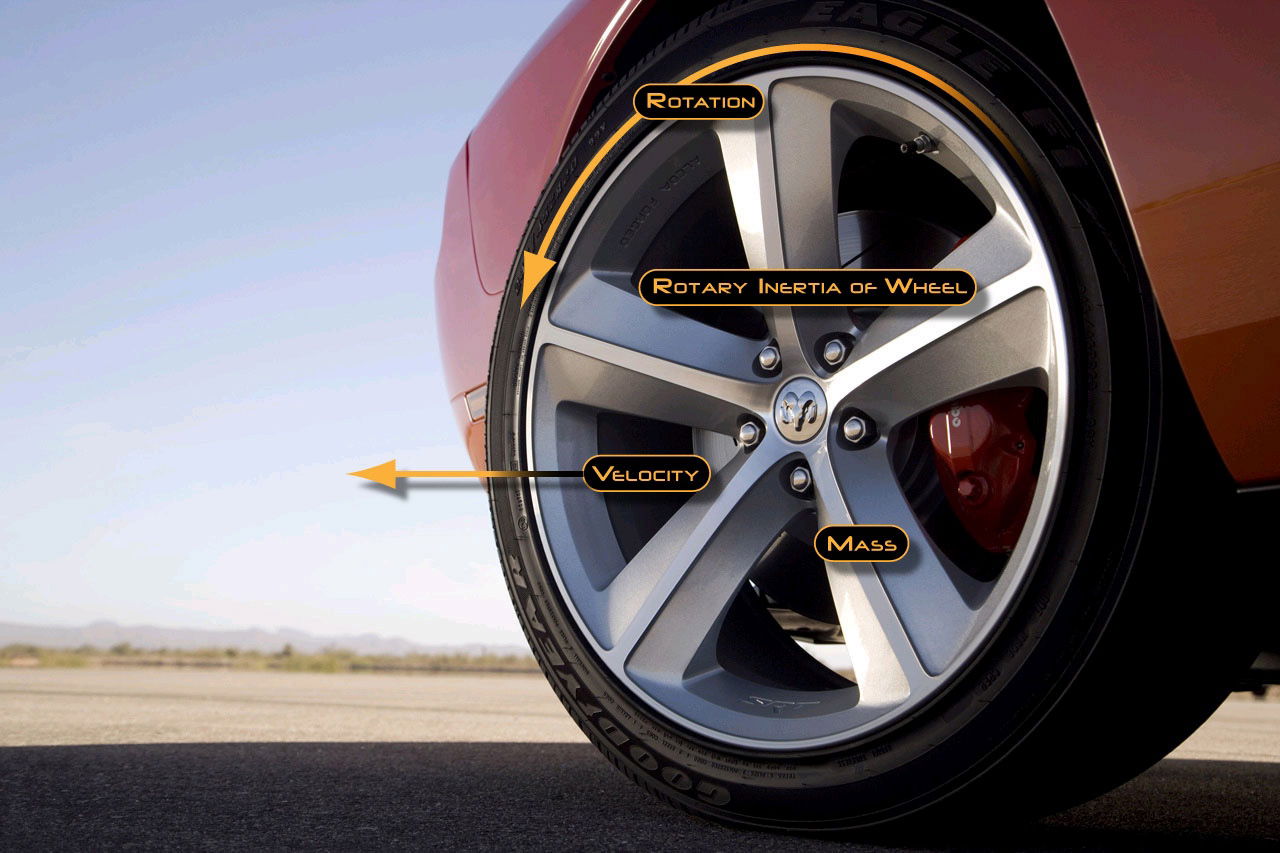
As all actions have equal and opposite reactions, and bumps in the road are constants, a heavier car will tend to suffer less of a kick-back than a lighter car as it rides over the same imperfections. There’s some leeway in suspension tuning to overcome a certain amount of this comfort deficit in lightweight cars, but not enough to make a one-tonne car feel anything like as smooth and relaxing as a two-tonne one.
On the other hand, a lightweight car is more efficient, more responsive, feels more alive through corners and will stop faster, among other advantages. In car design it’s important to prioritise the factors that matter most and tailor the car’s final weight to suit.
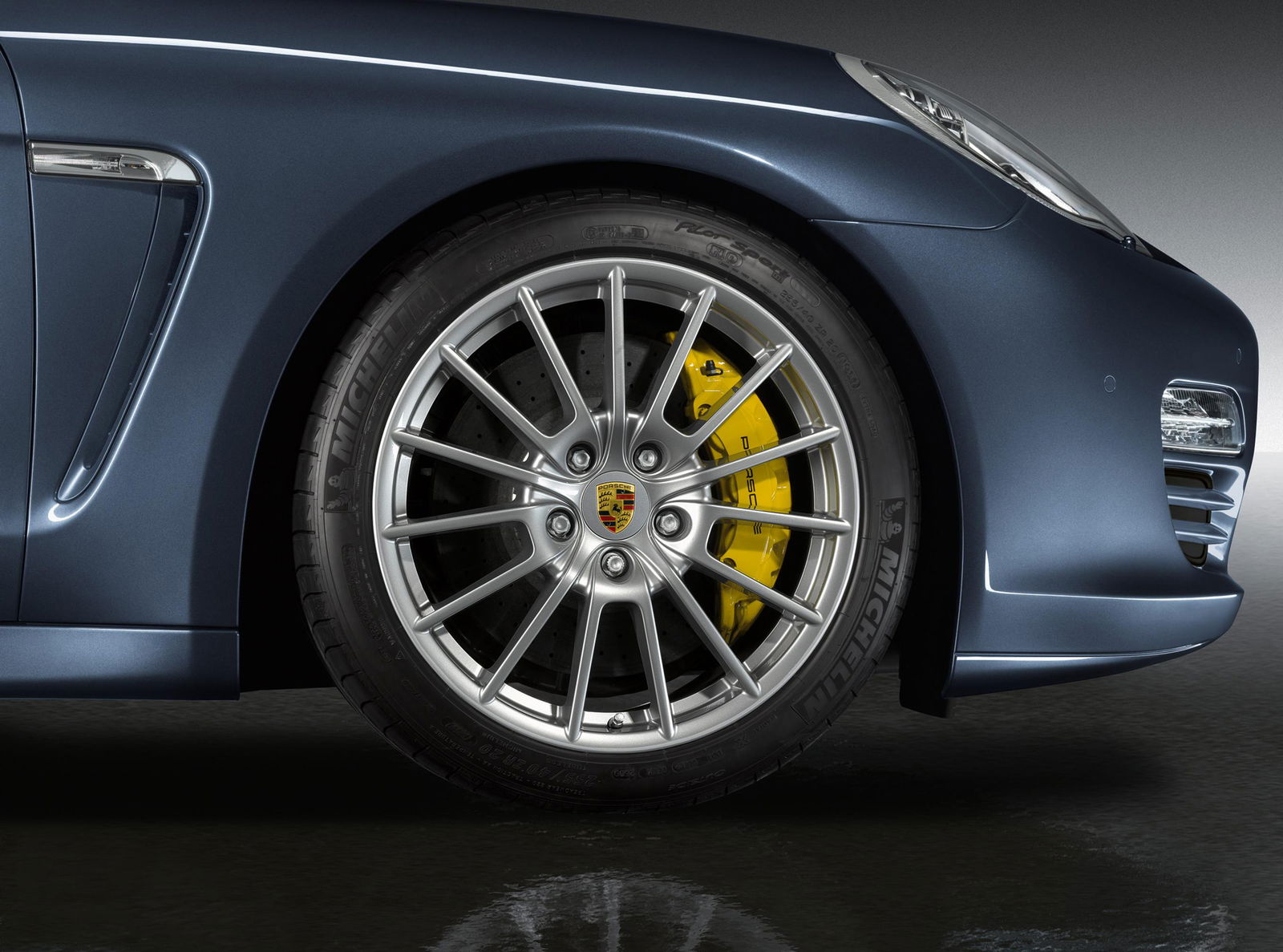
Unsprung mass is the opposite. Unsprung mass is everything not enjoying the benefit of suspension beneath it. This category covers the suspension itself, the hubs, the brake discs, calipers, brake lines and, most obviously, the wheels and tyres. The axles, suspension arms and linkages, depending on their design, could be unsprung or semi-sprung, i.e. sprung at one end.
As for unsprung mass, less is better. Less unsuspended mass means less for the springs and shocks to control. It means the wheels can respond to the road faster, the suspension can keep the tyres in nice, even contact with the road for more of the time and the load levels can be kept constant, which in turn ensures consistent grip and secure roadholding. The bonus is that passenger comfort and fuel economy can also improve at the same time.

Wheels are the chief enemy here. Most standard OEM alloy wheels are bloody heavy things, especially as the norm now seems to be around the 18-19-inch mark. Some manufacturers are using recent developments in manufacturing processes to create lighter items, but they’re still not exactly feathery. Smaller wheels are lighter; the extra tyre sidewall is vastly lighter than a sold block of aluminium alloy.
Aftermarket wheels are sometimes lighter, too. Without the budgetary constraints faced by mainstream car makers, wheel suppliers can produce more advanced metal blends that weigh less, or build wheels that cut mass in other ways. Either way, a lighter wheel of the same size will usually improve your car’s handling with no further changes. That’s why it’s worth thinking about.
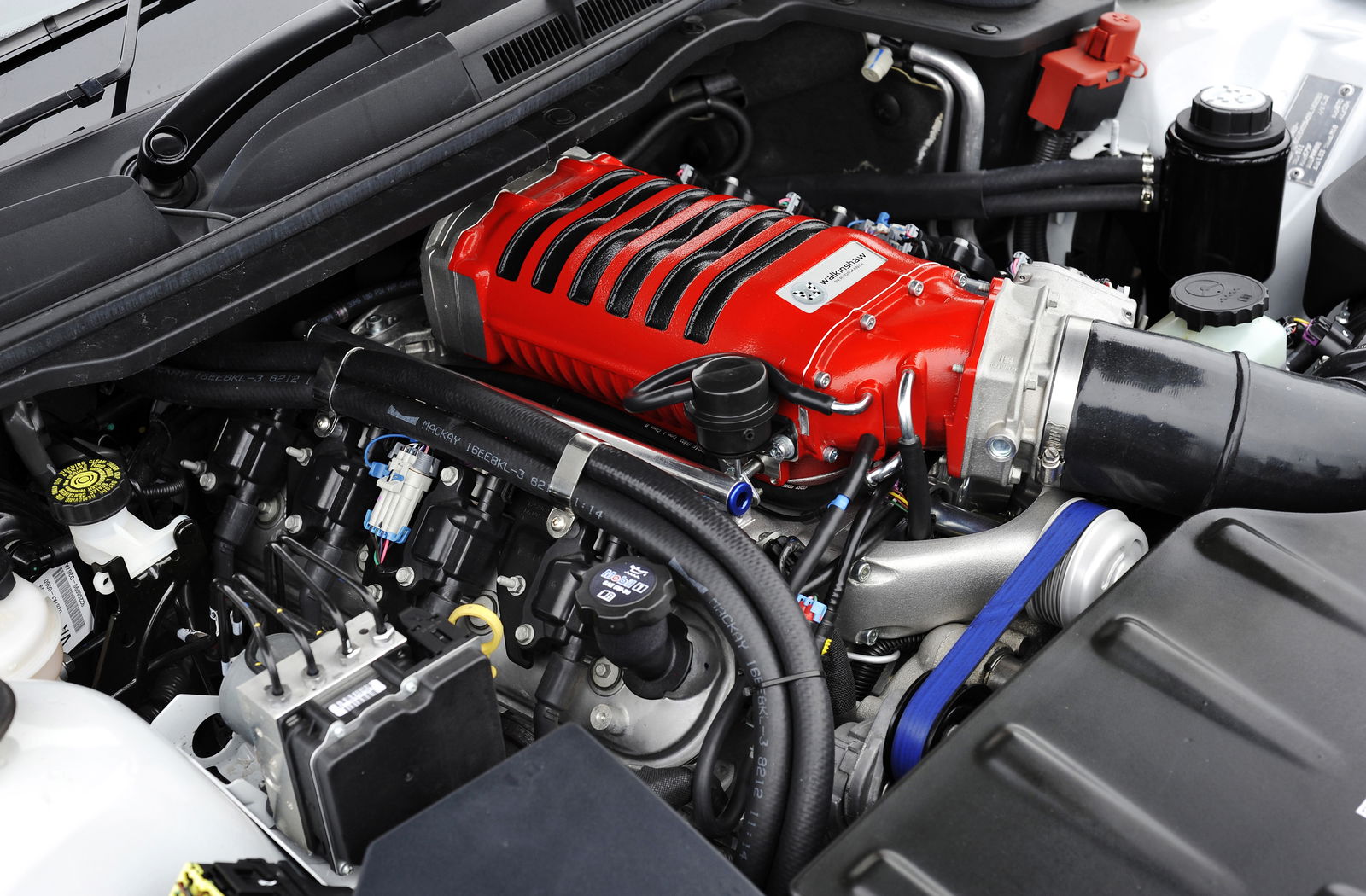
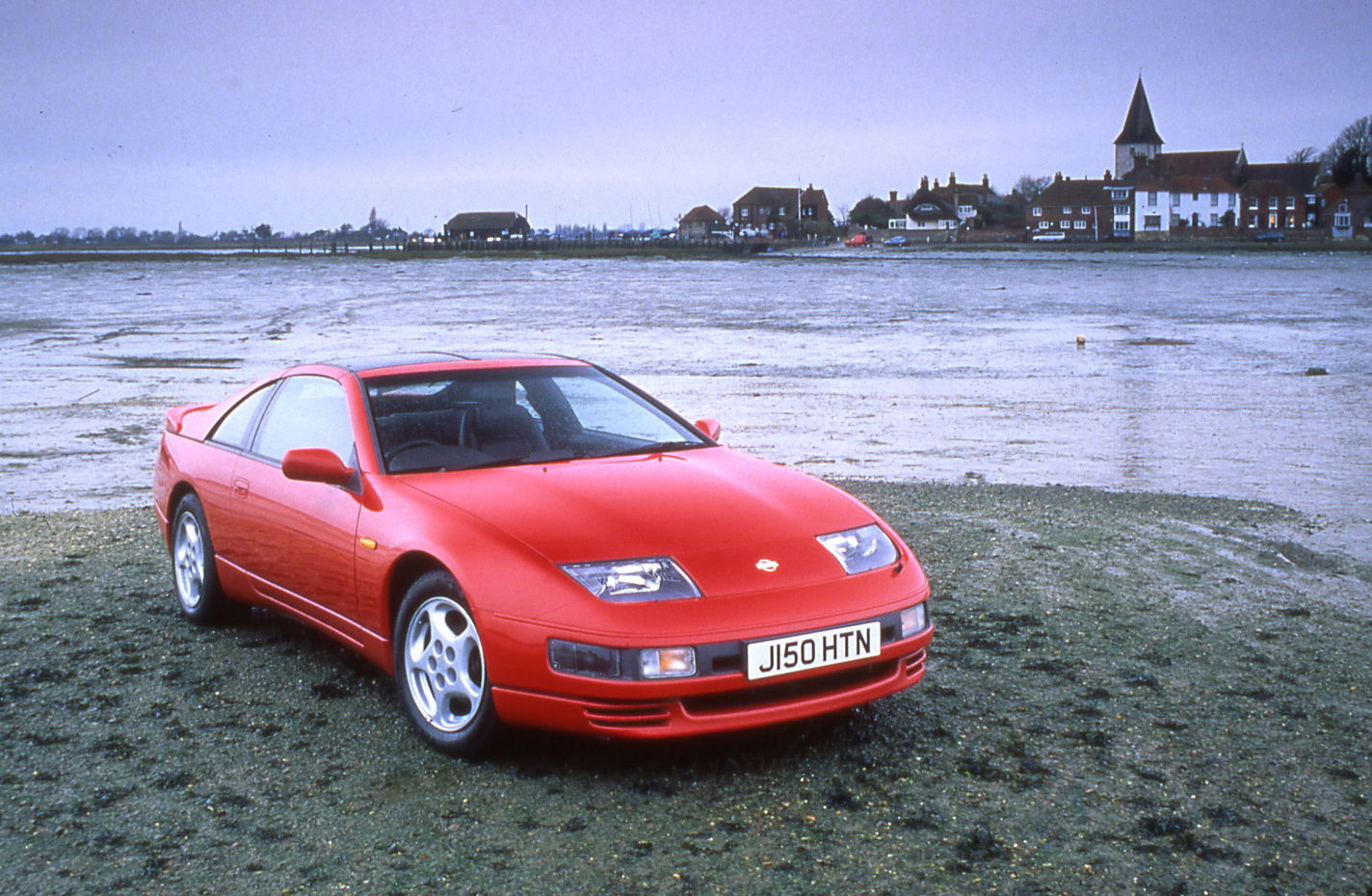
Comments
I wonder if any prius owner uses carbon rims .
To increase efficiency obviously.
So your mom is sprung weight?
Short answer, both.
It is often claimed that from a handling perspective, 1kg saving in unsprung mass is equivalent to 2kg saving in sprung mass - how true is that?